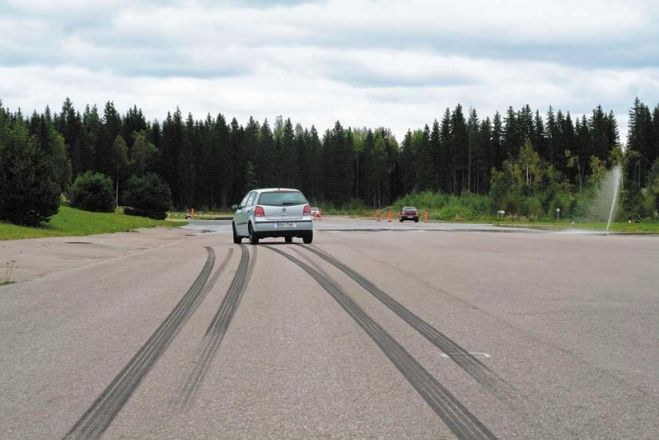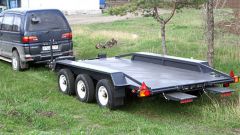You will need
- speedometer or the radar;
- - table of coefficients;
- calculator.
Instruction
1
The inhibition produced by increasing the friction force, which is performing negative work reduces the speed of the vehicle. Ideally given that the work is the change in kinetic energy of the body will get the ratio in which the braking path S is equal to the ratio of the square of the speed v, to twice the value of the gravitational acceleration g≈10 m/S2 and the coefficient of friction of the road surface μ (S=v2/(2∙μ∙g)). It does not include vehicle weight and the coefficient of friction varies depending on weather conditions, the quality of the tires and the road surface. The calculations need to take the speed of the car, which he had at the beginning of the operation of the braking system. Measure it with a speedometer or radar.
2
In real life, to determine the braking distance of the car used formula derived by practice. To determine the braking path of the vehicle, the braking ratio of the vehicle K, multiply by the square of its speed at the beginning of braking v. The number you divide by 254 and the factor f , which characterizes the degree of traction S=K * v2/(254∙f). For each of the coefficients is the range of values they can take. For example, the braking ratio of the car is equal to 1, and your truck takes a value of 1.2. The coefficient of grip can take values of 0.1 for bare ice, 0,15 – ice with snow, and only 0.2 for snow-covered surfaces, 0.4 for wet roads and 0.8 for dry.
3
Primeracomunion "Lada" started braking at 80 km/h, determine its brake way on dry asphalt road. Lada is a car, so the car factor is equal to 1. As the road is dry, the coefficient of adhesion of 0.8 take. Substitute the value into the formula and get S=1∙802/(254∙0,8)≈31,5 M.
4
This formula does not take into account the degree of wear of tires and brake pads of the car, so the real result could be different. But in any case, the error is no more than a few meters.










